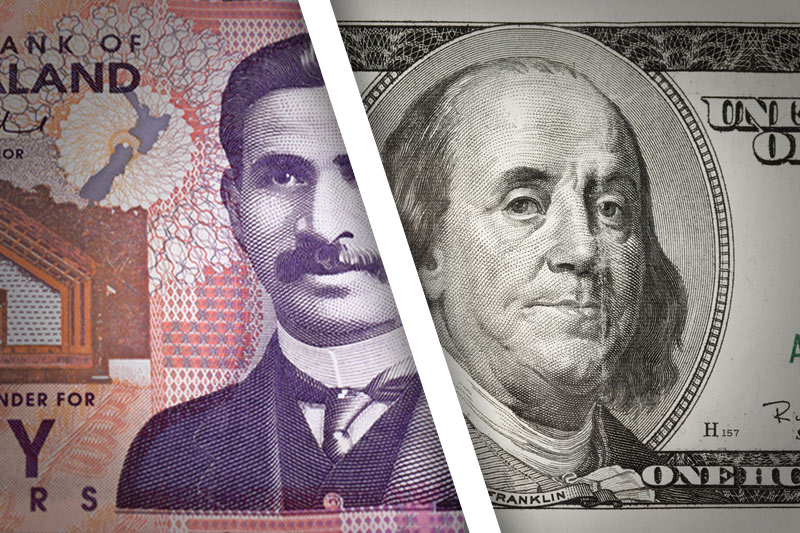Investing.com - The New Zealand dollar is trading lower against its U.S. counterpart and other major currencies today on speculation a worsening drought in that country could hamper the economy there.
In Asian trading Wednesday, NZD/USD fell 0.28% to 0.8246. The pair was likely to find support at 0.8216, the low of March 1 and resistance at 0.8294, the high of March 8.
On Tuesday, New Zealand Finance Minister Bill English said the elevated temperatures could hinder e economic growth. Official data released on Tuesday showed food prices in New Zealand declined 0.3% in February after rising 1.9% in January, but the drought could cause food prices to rise.
News of the drought, which some market participants say is worsening by the day, coincides with a Reserve Bank of New Zealand meeting later today. Traders widely expect the central bank to keep interest rates unchanged at 2.5%.
On speculation that RBNZ Governor Graeme Wheeler favors higher interest rates, Citigroup and UBS forecast a stronger kiwi against its Australian rival. At this writing, AUD/NZD is higher by 0.22% at 1.2514. The Aussie has gained nearly 2% against the kiwi year-to-date.
While Wheeler has recently indicated some willingness to intervene in the forex market to potentially weaken the kiwi, interest rate cuts and/or monetary easing appear unlikely in New Zealand.
Elsewhere, the ASB Bank Institutional Kiwi Dollar Barometer survey indicates New Zealand businesses expect NZD/USD to flirt with as early as late in the second quarter before returning to levels on par with where the pair currently trades in early 2014.
The stronger kiwi is good for New Zealand’s importers, which have signaled they will increase hiring in the coming quarters. However, the rising currency has lead to overt criticism of RBNZ policy by some exporters in New Zealand.
Elsewhere, NZD/JPY slid 0.52% to 79.04 while EUR/NZD advanced 0.33% to 1.5814.
In Asian trading Wednesday, NZD/USD fell 0.28% to 0.8246. The pair was likely to find support at 0.8216, the low of March 1 and resistance at 0.8294, the high of March 8.
On Tuesday, New Zealand Finance Minister Bill English said the elevated temperatures could hinder e economic growth. Official data released on Tuesday showed food prices in New Zealand declined 0.3% in February after rising 1.9% in January, but the drought could cause food prices to rise.
News of the drought, which some market participants say is worsening by the day, coincides with a Reserve Bank of New Zealand meeting later today. Traders widely expect the central bank to keep interest rates unchanged at 2.5%.
On speculation that RBNZ Governor Graeme Wheeler favors higher interest rates, Citigroup and UBS forecast a stronger kiwi against its Australian rival. At this writing, AUD/NZD is higher by 0.22% at 1.2514. The Aussie has gained nearly 2% against the kiwi year-to-date.
While Wheeler has recently indicated some willingness to intervene in the forex market to potentially weaken the kiwi, interest rate cuts and/or monetary easing appear unlikely in New Zealand.
Elsewhere, the ASB Bank Institutional Kiwi Dollar Barometer survey indicates New Zealand businesses expect NZD/USD to flirt with as early as late in the second quarter before returning to levels on par with where the pair currently trades in early 2014.
The stronger kiwi is good for New Zealand’s importers, which have signaled they will increase hiring in the coming quarters. However, the rising currency has lead to overt criticism of RBNZ policy by some exporters in New Zealand.
Elsewhere, NZD/JPY slid 0.52% to 79.04 while EUR/NZD advanced 0.33% to 1.5814.
